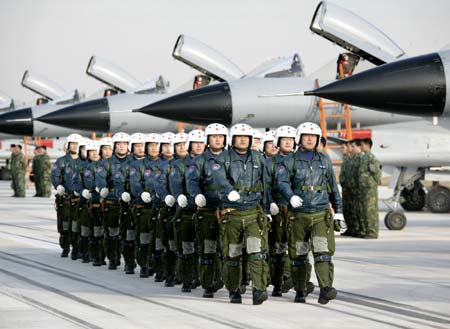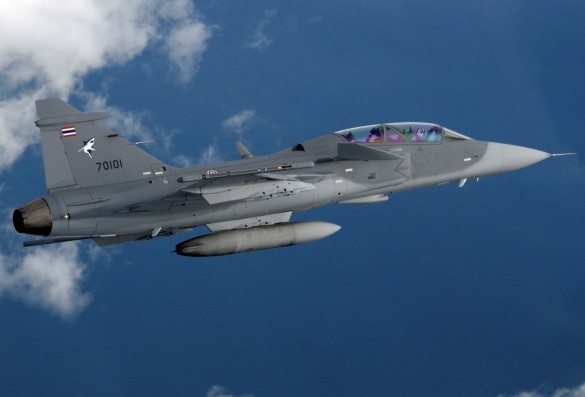China’s air force is in the midst of a transformation. A decade ago, it was an antiquated service equipped almost exclusively with weapons based on 1950s-era Soviet designs and operated by personnel with questionable training according to outdated employment concepts. Today, the People’s Liberation Army Air Force (PLAAF) appears to be on its way to becoming a modern, highly capable air force for the 21st century.
This monograph analyzes publications of the Chinese military, previously published Western studies of China’s air force, and information available in published sources about current and future capabilities of the PLAAF. It describes the concepts for employing forces that the PLAAF is likely to implement in the future, analyzes how those concepts might be realized in a conflict over Taiwan, assesses the implications of China implementing these concepts, and develops recommendations about actions that should be taken in response.
The book should be of interest to defense planners, analysts of China’s military forces, policymakers, and anyone else interested in China’s military modernization and its implications for the United States and Taiwan.
The book is the result of a project called “Chinese Air and Space Power,” the purpose of which was to help the U.S. Air Force (USAF) understand how the Chinese military thinks about air and space power, how China might employ air and space power in a confrontation with the United States, and how the USAF can better counter Chinese doctrinal and operational concepts.
The research reported here was sponsored by the Director of Air, Space and Information Operations, Headquarters Pacific Air Forces (PACAF A3/A5) and conducted within the Strategy and Doctrine Program of RAND Project AIR FORCE. It will be followed by a companion piece on Chinese space power and is part of an ongoing effort by Project AIR FORCE to assess the nature and implications of the growth in Chinese military power. The information in this monograph was current as of July 2009.
[Download not found]










